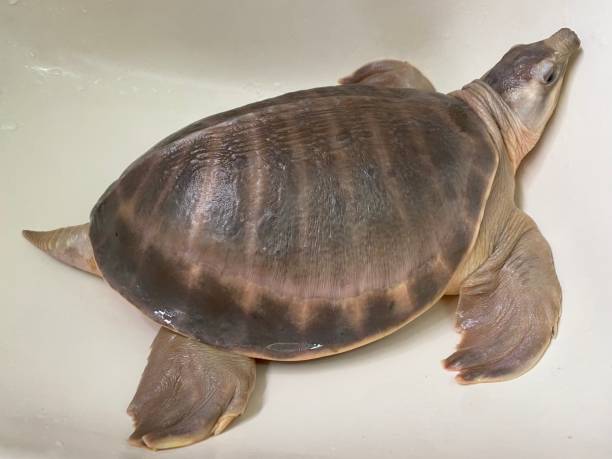Creating the right habitat for your pet turtle is crucial for its health and happiness. A well-designed environment mimics their natural habitat, allowing them to thrive. Whether you choose an aquatic, terrestrial, or semi-aquatic turtle, understanding their specific habitat requirements will help you provide the best care.
Setting Up an Aquatic Habitat
-
Tank Size: The size of the tank is vital. For small turtles, a 20-gallon tank is a good starting point, but larger species will require more space. As turtles grow, their needs will change, so plan for a larger tank down the line. The general rule is to provide at least 10 gallons of water per inch of turtle.
-
Water Quality: Clean, well-filtered water is essential for aquatic turtles. Invest in a high-quality filtration system to keep the water clean and reduce harmful bacteria. Regularly check water quality parameters, including ammonia, nitrites, and nitrates. Perform water changes as needed to maintain optimal conditions.
-
Temperature Control: Turtles are ectothermic, meaning they rely on their environment to regulate their body temperature. Create a temperature gradient in the tank with a basking area at 85-90°F and cooler water around 75-80°F. Use a basking lamp and a water heater to maintain these temperatures.
Creating a Terrestrial Habitat
-
Enclosure Size: For terrestrial turtles, a spacious enclosure is crucial. A 4-foot by 2-foot enclosure is ideal for most species. Ensure the enclosure is secure, as turtles are known to escape. Include a lid to prevent any unwanted adventures.
-
Substrate and Bedding: Use safe bedding materials like coconut coir, soil, or aspen shavings. These substrates are easy to clean and provide a natural environment for your turtle. Avoid cedar or pine shavings, as they can be harmful to turtles.
-
Hiding Spots and Climbing Areas: Turtles enjoy having places to hide and explore. Incorporate rocks, logs, or commercial hides into the enclosure. These features provide security and enrichment, allowing your turtle to express natural behaviors.
Essential Equipment
-
Basking Lights: Basking lights provide the necessary heat for turtles to regulate their body temperature. Position the light above the basking area, ensuring it is at a safe distance to prevent overheating. Replace bulbs regularly to ensure they provide adequate UVB light.
-
Water Filters: A quality filter is crucial for maintaining water cleanliness. Choose a filter rated for your tank size and clean it regularly to ensure optimal performance.
-
Thermometers and Hydrometers: Use thermometers to monitor both air and water temperatures. A hygrometer will help you maintain appropriate humidity levels in terrestrial habitats, which is crucial for their health.
Conclusion
A well-designed habitat mimics your turtle’s natural environment, ensuring they thrive. By investing time and resources into creating a suitable home, you can provide a happy and healthy environment for your turtle. Remember, the effort you put into setting up their habitat will pay off in the long run, leading to a happy and healthy pet.
